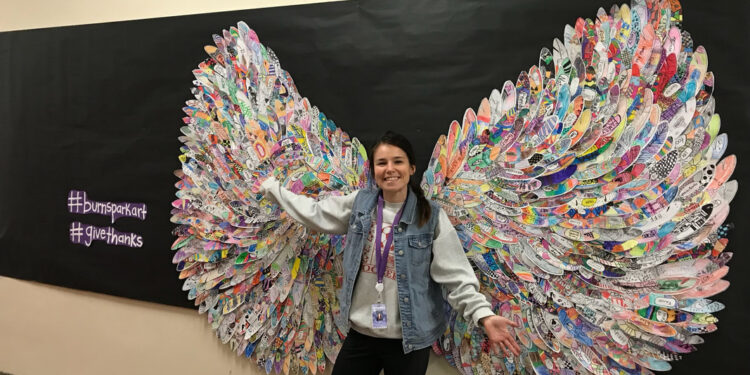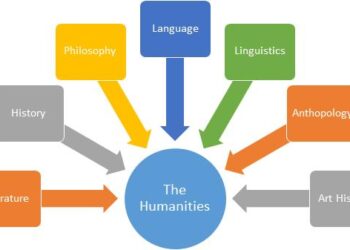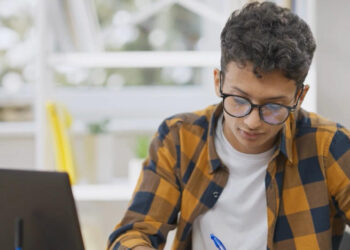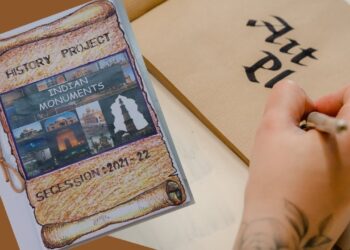Art Project Ideas for Fine Arts Students
Art Project Ideas For Fine Arts Students In addition to fulfilling academic requirements, creative projects give Fine Arts students a chance to express their individual creativity, experiment with various media, and share original ideas.
New materials, trends, and viewpoints that will emerge in 2025 may encourage students to push the limits of conventional creative genres.
In order to help Fine Arts students find inspiration, push their abilities, and create distinctive artwork, this article offers a range of fascinating art project ideas.
1. Exploring Mixed Media Art
Mixed media art involves using a combination of different materials to create a singular artwork. It’s a versatile medium that allows for endless creativity. Students can experiment by incorporating traditional and modern materials such as acrylics, ink, photography, fabric, and found objects.
- Project Idea 1: “Urban Landscape”
Create a mixed-media piece that combines elements of urban environments (such as photographs of buildings, textures from street scenes, or actual materials like sand or brick dust) to explore the relationship between architecture and nature. - Project Idea 2: “Identity and Memory”
Use photographs, drawings, and text fragments to depict the complex layers of personal identity and memory. Students can use layering techniques to add depth, creating an interactive narrative through their work.
Skills Developed: Creativity in combining various materials, visual storytelling, spatial awareness.

2. Exploring Digital Art and Animation
Digital art has evolved significantly in recent years, offering a wide range of tools and techniques for students to explore. Whether using graphic design software, animation tools, or digital painting techniques, digital art can push students to think innovatively and explore new ways of creating art.
- Project Idea 3: “Digital Collage”
Using software like Adobe Photoshop, create a digital collage that juxtaposes real and abstract elements. Focus on merging traditional media like hand-drawn sketches with digital components. - Project Idea 4: “Stop-motion Animation”
Create a short animated sequence using stop-motion techniques. Students can use clay, paper cutouts, or everyday objects to build and animate a story.
Skills Developed: Digital art techniques, animation, attention to detail, storytelling.
3. Environmental and Eco-Art Projects
With increasing awareness of climate change and sustainability, art projects that engage with environmental issues have become a popular and powerful form of expression. Students can use their art to advocate for environmental consciousness or reflect on human impact on nature.
- Project Idea 5: “Recycled Materials Sculpture”
Create a sculpture or installation using only recycled materials, such as plastic bottles, metal scraps, and cardboard. The project could aim to raise awareness about waste and the importance of recycling. - Project Idea 6: “Nature and the Human Body”
Develop a series of paintings, drawings, or sculptures that explore the connection between humans and nature. This could involve visualizing how human bodies coexist with the natural world, blending anatomy with organic forms.
Skills Developed: Environmental awareness, creativity with found materials, environmental activism.
4. Portraiture with a Twist
Portraiture has been a traditional form of art for centuries, but modern takes on this genre allow students to explore new ideas. Students can experiment with abstract elements, exaggerate proportions, or even mix portraiture with surrealism.
- Project Idea 7: “Abstract Self-Portrait”
Create a self-portrait using abstract shapes, distorted colors, or multiple textures. Rather than simply portraying a physical likeness, the project should focus on exploring emotions, personality, and personal experiences. - Project Idea 8: “Cultural Identity”
Develop a portrait series that reflects different aspects of cultural identity, incorporating traditional attire, accessories, and patterns from different cultures. The project could explore the effects of globalization on cultural representation.
Skills Developed: Emotional expression, abstraction, cultural exploration.
5. Sculptural and 3D Art Projects
Sculpture and three-dimensional works provide an exciting opportunity for students to explore form, space, and texture. 3D art challenges students to think outside the canvas and experiment with volume and perspective.
- Project Idea 9: “Interactive Sculpture”
Design a sculpture that encourages viewer interaction. The piece could change in response to the viewer’s actions (e.g., moving parts, sound, light, or touch) to create an engaging, participatory experience. - Project Idea 10: “Human Form in Motion”
Create a kinetic sculpture that explores the human figure in motion. Students can work with materials like wire, wood, or even recycled items to create sculptures that convey energy, rhythm, and fluidity.
Skills Developed: Spatial awareness, 3D design, interactive art.
6. Exploring Social Issues through Art
Art has long been used to address social and political issues, and Fine Arts students can use their work to comment on important societal concerns. Whether addressing inequality, justice, mental health, or migration, these projects offer a platform for creative activism.
- Project Idea 11: “Voices of the Marginalized”
Create a series of portraits, installations, or mixed media works that represent underrepresented or marginalized groups. The project can highlight their stories, struggles, and contributions to society. - Project Idea 12: “Breaking Stereotypes”
Develop a body of work that challenges stereotypes related to gender, race, or age. Students can create visual narratives that confront and deconstruct commonly held assumptions.
Skills Developed: Awareness of social issues, activism through art, critical thinking.
7. Experimental Photography Projects
Photography allows students to capture the world around them, but Fine Arts students can push the medium further with creative experimentation. Using different techniques, angles, and effects, photography can convey a wide range of emotions and ideas.
- Project Idea 13: “Long Exposure Photography”
Experiment with long-exposure photography to create surreal, dreamlike images. Students can capture motion and light, revealing the unseen and highlighting impermanence or change. - Project Idea 14: “Conceptual Photography”
Create a series of photographs that tell a story or convey an idea, where the image is not just a representation of reality but a symbol for a larger concept. Use props, lighting, and composition creatively.
Skills Developed: Photography techniques, conceptualization, artistic expression.
Conclusion
Each project gives students the chance to express their individual viewpoints, hone their skills, and add to the larger discourse in the art world. By accepting these creative challenges, students can not only develop as artists but also find new ways to communicate, inspire, and provoke thought through their work.
In 2025, Fine Arts students have countless opportunities to explore various media, techniques, and ideas. Whether they are pushing the boundaries of digital art, creating artwork that is socially conscious, or experimenting with mixed media, there is a wealth of inspiration to be found.
(FAQs)
Q1: How can I find inspiration for my next art project?
A1: Inspiration can come from various places, including personal experiences, current events, nature, and history. You can also seek inspiration from other artists, art movements, or by experimenting with new techniques or materials.
Q2: What materials should I use for mixed-media art?
A2: You can use a wide variety of materials for mixed-media art, including paint, fabric, newspaper, photos, found objects, metal, clay, and more. The key is to experiment and combine materials in innovative ways to create new textures and meanings.
Q3: How do I start an experimental photography project?
A3: Start by choosing a concept or idea that you want to explore. Experiment with different photographic techniques like long exposure, light painting, or unusual angles. Don’t be afraid to play with light, shadow, and reflections to create unique effects.
Q4: How can I incorporate social issues into my art?
A4: Start by researching social issues that resonate with you. Think about how you can visually represent these issues through symbolism, portraiture, or abstraction. Art can be a powerful tool to raise awareness, challenge stereotypes, and provoke dialogue.
Q5: What is the best way to showcase my artwork once it’s completed?
A5: Once your artwork is completed, consider creating a portfolio or exhibiting your work in local galleries or online platforms. Social media is also a great way to reach a larger audience. Participate in art fairs or collaborate with other artists to gain exposure.

















